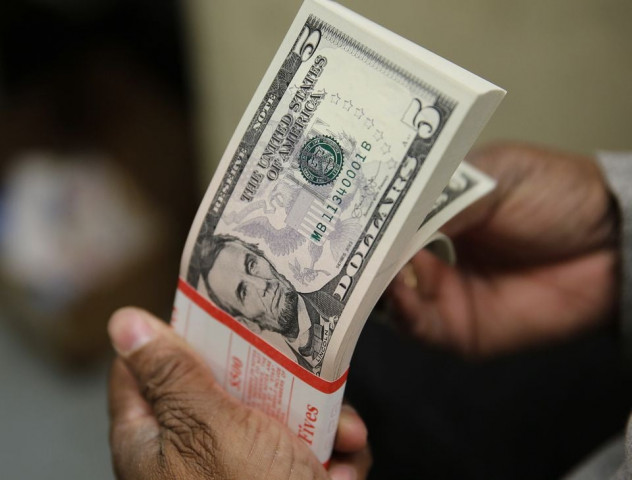As the rupee continues to lose its value relative to the dollar, it is imperative we understand how best to tackle this mounting issue. However, in order to do so, one must have a basic grasp over the prevailing economic predicament Pakistan is currently facing.
The market in which the dollar is traded works like any other market of goods and services. The underlying principle is that of demand and supply. When demand for the dollar increases, it adds value to the limited number of greenbacks being held by the people in the market. Thus the price of the dollar is pushed up. As soon as the supply of the dollar is eased, this results in the inevitable flight of the dollar.
But why is the dollar’s flight inevitable? Why can’t it be stemmed or even brought down against the rupee? Referring again to the demand and supply principle, it is easy to show that in order to keep the dollar price stable, it is important to pump as many dollars into the market as are needed. However, there is only one way to bring the price of the dollar down against the rupee: to increase the supply of dollars in the market beyond the existing demand for the dollar.
However, the supply of dollars cannot be increased in the market callously. If the State Bank of Pakistan prints more rupees in order to buy more dollars, it risks increasing the money supply in the market, hence causing inflation. How then can Pakistan successfully increase its supply of dollars so as to outmatch the demand? The answer is a straightforward one: increase exports, increase remittances, limit imports, focus on an end to debt-driven economy and alternate sources for buying goods at cheaper rates.
Increasing the supply of dollars is not a short-term process and requires a country to systematically develop its global competitiveness. This is not possible without a concerted national focus and emphasis on research and development.
If the goal is to keep the dollar stable against the rupee, then equal amounts of dollars must be supplied into the market as and when the demand arises. This can also be done by relying on debts from various sources. However, if the goal is to bring down the value of the dollar to match the value of the rupee, then the state must strengthen the economy of the country to such an extent that the rupee derives its value from the strength of the economy.
It is therefore important that those areas are highlighted where public-private investments will yield long-term dividends of employment, increased dollar supply, and growth.
Even if short-term measures such as the International Monetary Fund (IMF) bailouts are successfully negotiated, the long-term threat of dollar depletion will linger. The truth of the matter is that no one from the ruling establishment will be impacted by the price hike of essential fuels. Not Miftah Ismail, not the Sharifs, not the Zardaris, nor the Khans etc. As always, ordinary citizens will bear the brunt of the state’s failure to safeguard the interests of its people.
If the government truly wishes to increase the supply of dollars and save us from this calamity, then it must invest in those areas which increase the strength and resilience of the economy. This will work only if global competitiveness is kept in mind as the ultimate goal. If global competitiveness is achieved, only then can the market share for profitable goods be secured in Pakistan.



COMMENTS
Comments are moderated and generally will be posted if they are on-topic and not abusive.
For more information, please see our Comments FAQ